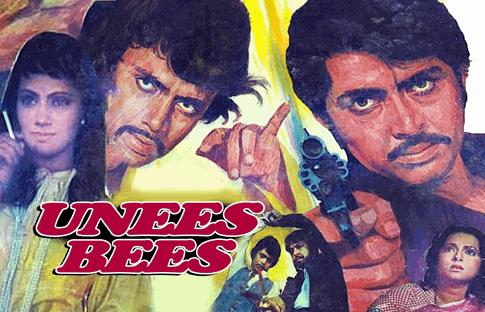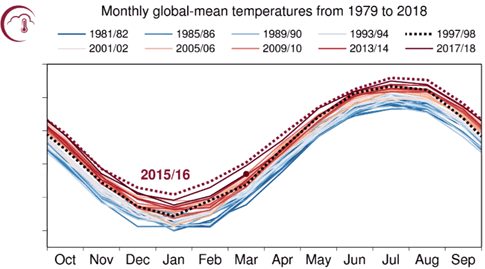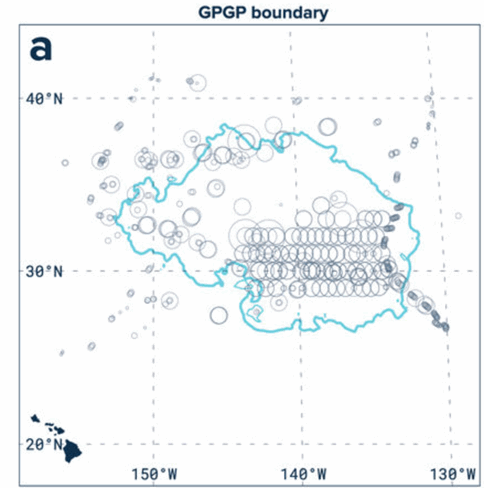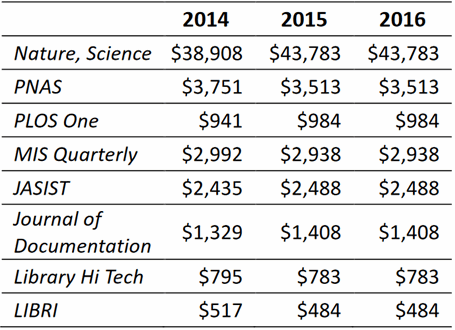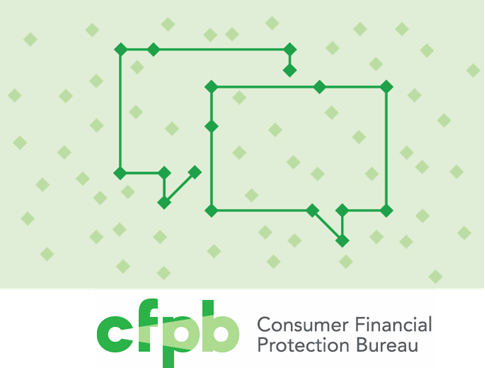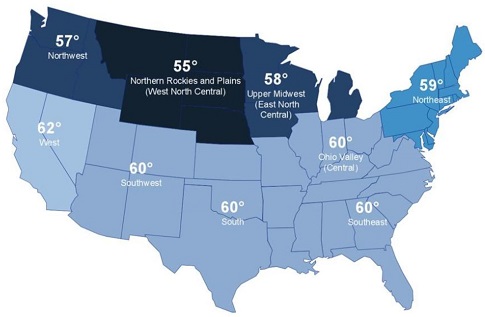Nineteen vs twenty
DIGGING THE JUST NOTICEABLE DIFFERENCE
We were getting an egg and cheese on a roll at a deli the other day and started chatting with the cashier about politics and he said that two people were like 19 vs 20.
We said, “19 vs 20, what’s that mean?”
He said, “It means basically the same thing. Different but not really different”
We said, “Where do they say that?”
He said, “Pakistan”
As we continued walking to work, we were thinking “this is the best saying ever.”
In the psychology of sensation and perception, differences in sensation of 5% (e.g., 19 vs 20) are often not detectable. People can’t reliably tell if a rock that weighs 19 pounds is heavier or lighter than a rock that weighs 20 pounds. If the threshold for detecting differences is k, k is called the Weber fraction. Here’s are some estimated Weber fractions (as percentages) for a number of stimulus dimensions:
As we can see, in many domains, k is greater than 5%, meaning that for many things, the 19 vs 20 difference is not detectable.
Next, we wanted to see if we could find some web pages on this topic, you know, for blogging.
Searching on “19 vs 20” in English was not a successful search strategy.
We thought, well, maybe if it’s said in Pakistan, it’s said in India, too? We asked a couple of Indian colleagues in the lab and bingo, both knew the phrase. In Hindi, it’s “unees bees ka fark”:
unees means ‘nineteen’
bees means ‘twenty’
ka fark means ‘the difference between’
My colleague Chinmay Singh adds the following
There is question on Quora about this topic:
https://www.quora.com/What-is-the-English-of-Unees-bees-ka-farkThe exact words can be loosely translated as “difference of nineteen twenty”, as in the difference between two things being compared is the same as that between nineteen and twenty.
Please note there is subtle difference between this idiom and the English variant “six of one, half a dozen of the other”. The Hindi phrase acknowledges that the difference actually exists, but should be ignored because it is (statistically) insignificant. The English phrase suggests that it’s only a matter of saying it differently as the two choices are identical otherwise.
NOTES:
- While we wish the Weber fraction was named for JDM researcher Elke Weber, it’s actually named for Ernst Heinrich Weber who died unfortunately in 1878.
- The ideas of the just noticeable difference and Weber fraction are useful but false models that have been supplanted. When we wrote a term paper on the topic for Stephen Stigler’s History of Statistics class, we learned about the 1885 attack on the just noticeable difference (unterschiedsschwelle) by Charles Sanders Peirce and Joseph Jastrow.
- As the image above shows, “nineteen twenty” is the name of an awesome looking movie as well.

